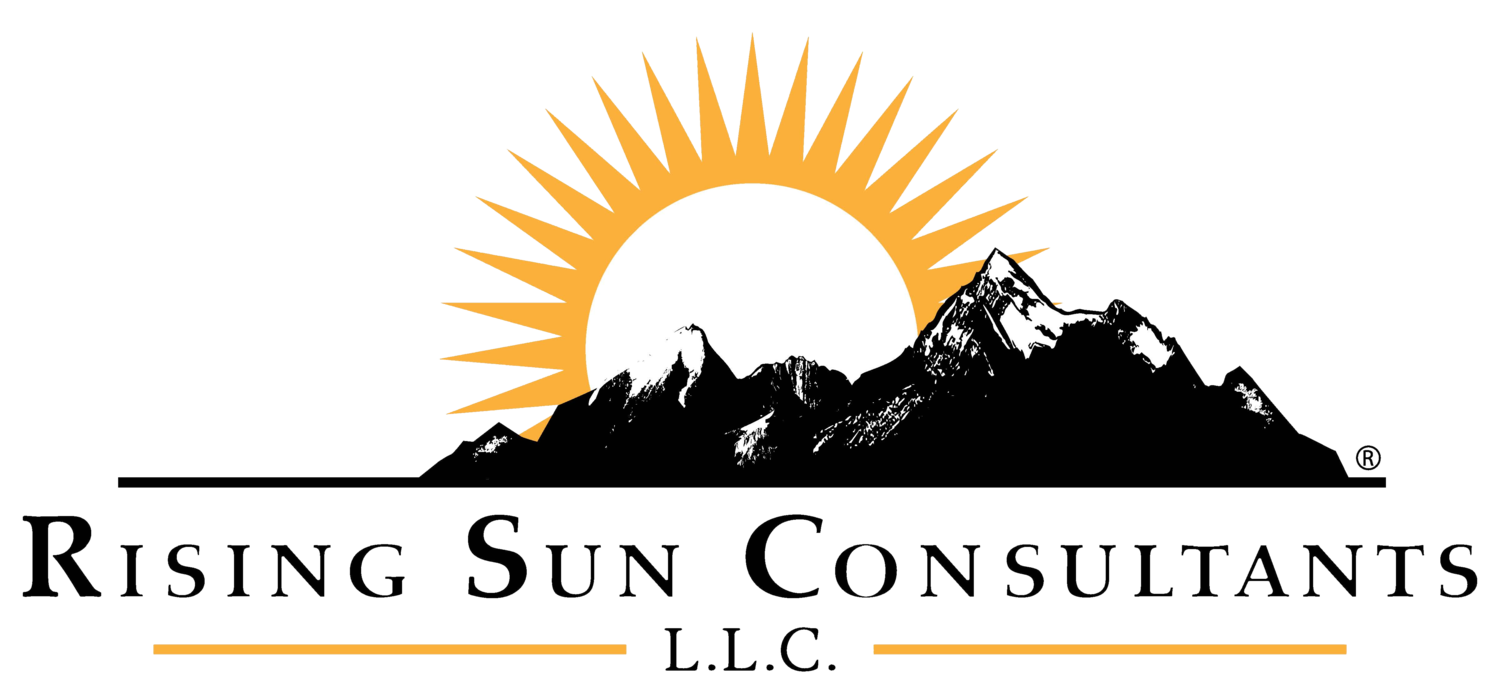“With a tailored approach that suits you and your circumstances, change is within your grasp.”
-Katy Milkman
Effective and lasting change can allude individuals for many reasons. Simply getting started can be a struggle. Unexpected challenges may derail notable progress. Sometimes the problem lies within a lack of self-confidence stemming from a conclusion drawn long ago that if real change were going to take place; surely it would have happened by now.
In her latest book How to Change: The Science of Getting from Where You Are to Where You Want to Be, author Katy Milkman tackles the challenge in change from these and other viewpoints. She provides straight-forward guidance based on extensive research, as well as her own battles with change. The book is a ray of light for those who have tried to change and failed. Milkman offers tips for how to give change yet another try and, furthermore, how to make it stick.
For those who find it difficult just getting out of the starting block, the book provides valuable insights on how to propel yourself forward. While the first point may not be the most original, Milkman urges you not to downplay its effectiveness.
“Fresh starts afford people the opportunity to feel distanced from their past failures; they feel like a different person – a person with a reason to be optimistic about the future.”
Every January 1st, a large contingent of the population embarks on the new year with a well-intentioned goal such as losing weight or being more productive. Despite ample research which shows that many people tend to give up on their goals only a few short weeks later, Milkman says not to underestimate the power of kicking off a change initiative on the heels of a fresh start.
Whether it be the aforementioned New Year’s resolution or vowing to take better care of yourself after witnessing a relatively healthy person die at a young age, a fresh start can provide the kind of motivation one needs to begin their journey. Furthermore, this “clean slate” of sorts can also help in keeping previous failures in the past and your attention on the future.
In staying with the example of getting into better shape, many individuals are often deterred from changing through a genuine hatred or dislike for exercise. Milkman introduces a term called temptation bundling as a means of coupling things we dread with something we enjoy such as running on a treadmill while watching TV or listening to a podcast. The practice helps to combat impulsivity in that one doesn’t have to give up something they enjoy; they simply enjoy it in tandem with something else.
Procrastination can delay the ability to commit to change. Through the use of commitment devices, Milkman outlines measures we can take to give us more ‘skin in the game.’ One such measure might be to lock a bank account in order to curb excessive spending.
Another way comes in the form of assessing penalties such as implementing deadlines or paying cash to another person if we stumble or fail to reach our goal. Milkman adds that practices such as commitment devices “can be something of a god-send” in that we put them in place when we are thinking clearly, as opposed to when we are emotionally charged through “imminent temptation.”
When biting off more than we can chew or getting stymied by self-imposed, yet harsh conditions; Milkman comes to the rescue again. She offers suggestions such as breaking down larger objectives into smaller pieces. Many people fail to reach their goal because they want the future result today. But those who appreciate and celebrate their progress along the way are more likely to make it to the end.
“Too much rigidity is the enemy of a good habit.”
Milkman also cautions her readers about creating too much rigidity in their plans such as agreeing to exercise every day. As a result, she encourages those who are serious about change to allow for some flexibility by maybe starting out with a regimen that only calls for four days of exercise instead of seven.
Additionally, just as the commitment device can provide a much-needed incentive, finding ways to reward yourself for the work you’ve completed can be equally powerful. For example, implementing a cheat day when working to create better eating habits can provide both the incentive to reach that day and the joy of indulging (albeit in moderation) when you do.
For certain individuals, the biggest obstacle to change is a defeatist mindset. Whether driven from a series of failures or the perception that one just isn’t cut out for certain behavioral shifts, subsequent change efforts are carried out under the premise that these, too, will end in disappointment. Moreover, “a lack of self-efficacy can prevent us from setting goals in the first place.”
Milkman advises this group to adopt a growth-mindset and to realize that “neither intelligence nor ability is fixed.” Similar to investment returns, past performance is not necessarily indicative of future results. Milkman also suggests for those who lack courage to align themselves with mentors and others who have overcome similar challenges and/or achieved similar goals.
In fact, she points out that the closer we are to individuals whose situation resembles ours, the more likely we are to be inspired and influenced by their behavior. When our parents cautioned us about hanging out with the wrong crowd, they were truly on to something.
How to Change is blend of what you may already know with the evidence and insight for why you should know it. It’s a valuable tool for starting a change initiative, maintaining dedication and motivation throughout the process, and ensuring that you reach the finish line.
Change is certainly never easy, but Milkman suggests ways to improve your approach. From timing a change appropriately, to adding an element of fun to your exploits, she sets out to put her readers on a trajectory for success. Milkman even provides additional tips so that you can help others to change as well.
Failure to change can be an intensely frustrating, highly emotional experience. How to Change can help you to stop viewing the act as an insurmountable task, but rather as a beautiful and plausible opportunity to experience positive growth and lasting transformation.
If we can help you, your team, or your organization realize the benefits of change, give us a call at 717-512-8958 or send us an email at info@risingsunconsultants.com.
Title: How to Change: The Science of Getting from Where You Are to Where You Want to Be
Author: Katy Milkman
Publisher: Portfolio/Penguin
Copyright: 2021
No. of Pages: 249
No. of Chapters: 8

